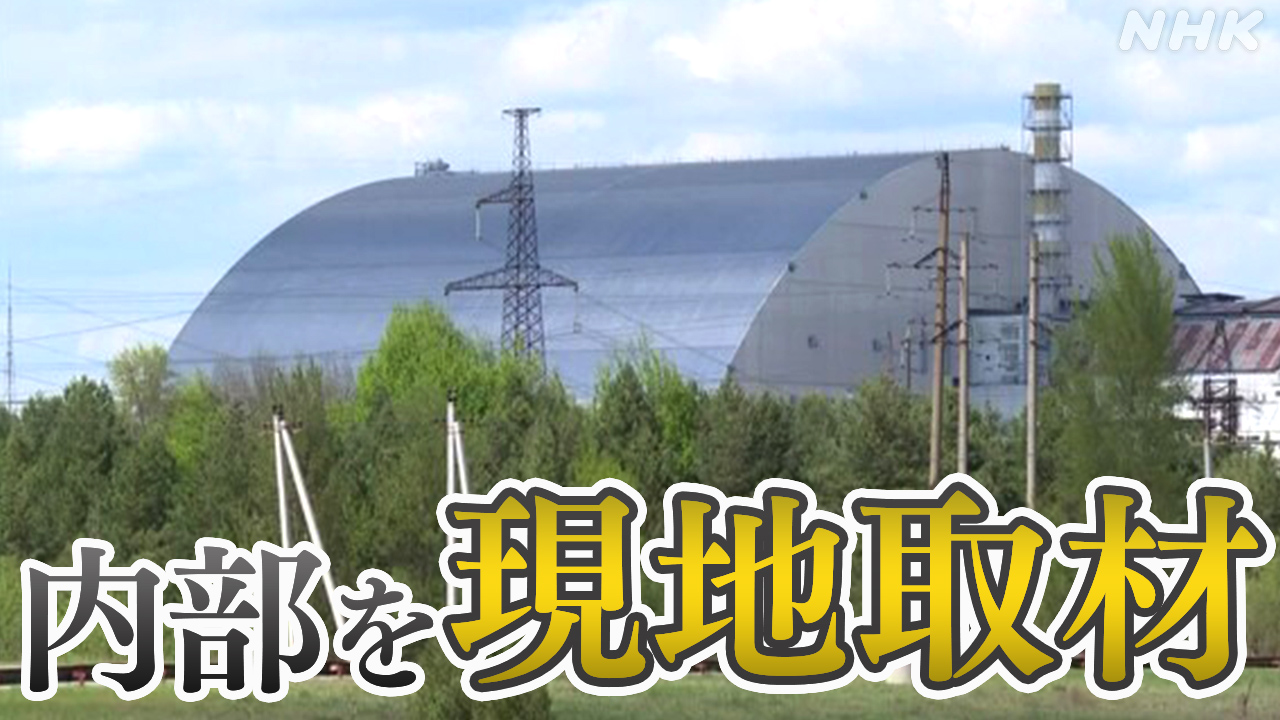Chernobyl Nuclear Plant: Shelter Damage Update Raises Concerns
The Chernobyl Nuclear Power Plant, site of the world's worst nuclear disaster, is once again in the spotlight following reports of damage to the crucial New Safe Confinement (NSC) shelter. While the immediate threat to public safety appears minimal, the incident highlights the ongoing challenges of managing the legacy of Chernobyl and underscores the need for continued international cooperation and investment in long-term safety measures.
Damage Assessment and Ongoing Investigations
Reports emerging from Ukrainian authorities detail structural damage to the NSC, a massive arch-like structure built to contain the remnants of the destroyed Reactor 4. While the specifics of the damage are still under investigation, initial assessments suggest that the damage is not catastrophic and does not pose an immediate risk of radioactive material release. However, the incident has raised concerns about the long-term integrity of the structure and the potential for future damage.
Key Points from Preliminary Reports:
- Location of Damage: The precise location and extent of the damage are yet to be fully determined, pending a comprehensive inspection.
- Cause of Damage: Investigations are underway to ascertain the cause, with potential factors including extreme weather conditions, material degradation, or other unforeseen circumstances.
- Impact on Containment: Authorities emphasize that the primary containment function of the NSC remains intact, with no significant leakage of radioactive materials reported.
Long-Term Implications and Future Maintenance
The incident serves as a stark reminder of the ongoing challenges associated with the Chernobyl site. The NSC, completed in 2019, represented a significant investment in nuclear safety, but its long-term maintenance and resilience to unforeseen events remain crucial. This incident necessitates a thorough review of maintenance protocols and a reassessment of potential vulnerabilities.
Addressing Long-Term Challenges:
- Increased Funding: Continued international support and funding are vital for ensuring the long-term stability and safety of the Chernobyl site.
- Advanced Monitoring Systems: Investing in advanced monitoring technologies can provide real-time data on the structural integrity of the NSC and allow for proactive interventions.
- Enhanced Maintenance Strategies: Developing more robust maintenance strategies, potentially incorporating cutting-edge materials and technologies, is essential.
- International Collaboration: Continued collaboration between international organizations, governments, and experts is critical for sharing best practices and coordinating efforts.
The Ongoing Chernobyl Legacy and Global Nuclear Safety
The Chernobyl disaster remains a stark warning about the potential risks associated with nuclear power. While the immediate danger from the recent NSC damage appears contained, the incident highlights the lasting impact of the disaster and the need for ongoing vigilance and responsible management of nuclear facilities worldwide. This event should prompt a global conversation about the long-term responsibilities associated with nuclear energy, including robust decommissioning plans and comprehensive safety protocols.
Further Reading:
Stay informed about future developments and updates on the Chernobyl Nuclear Power Plant. Subscribe to our newsletter for the latest news and insights. (This is a subtle CTA)
